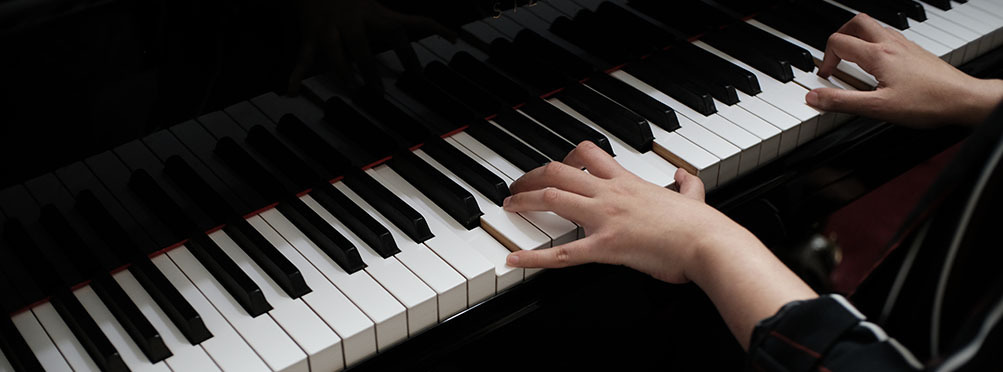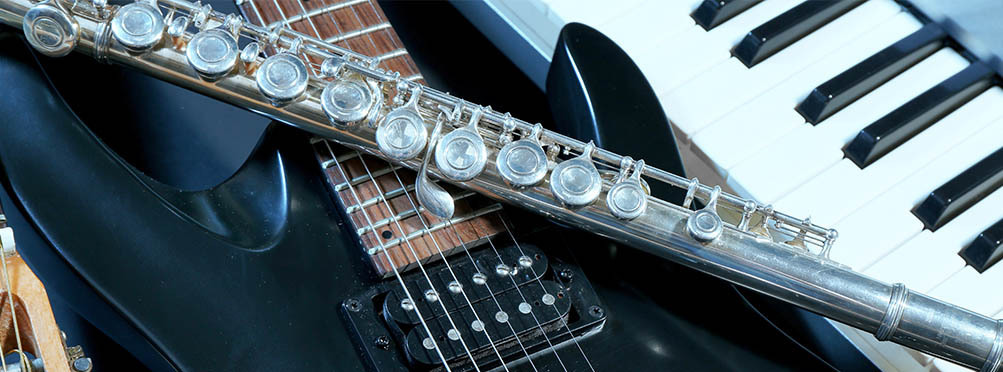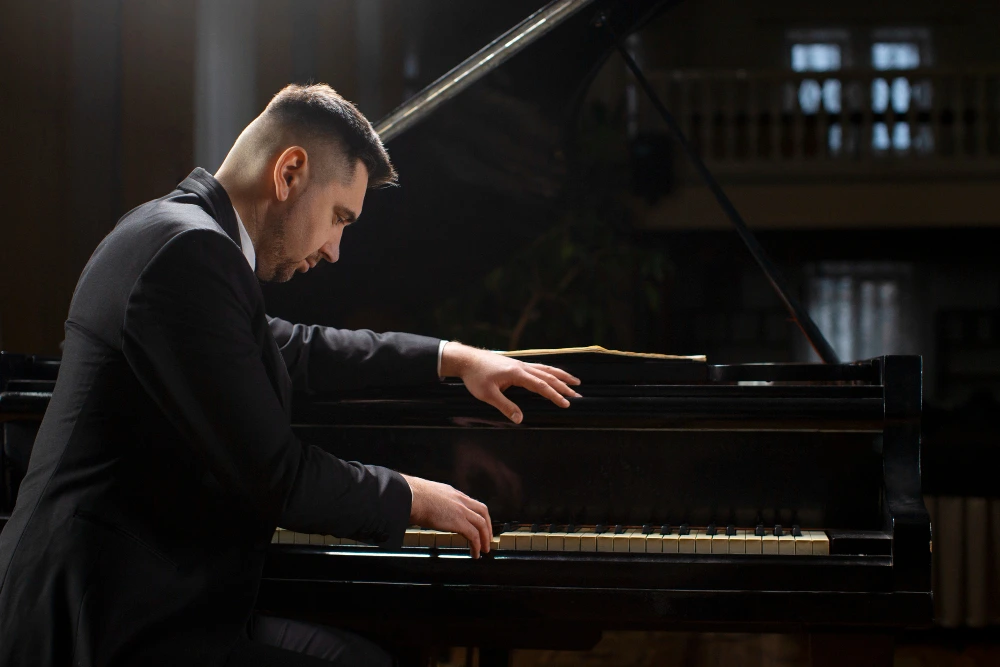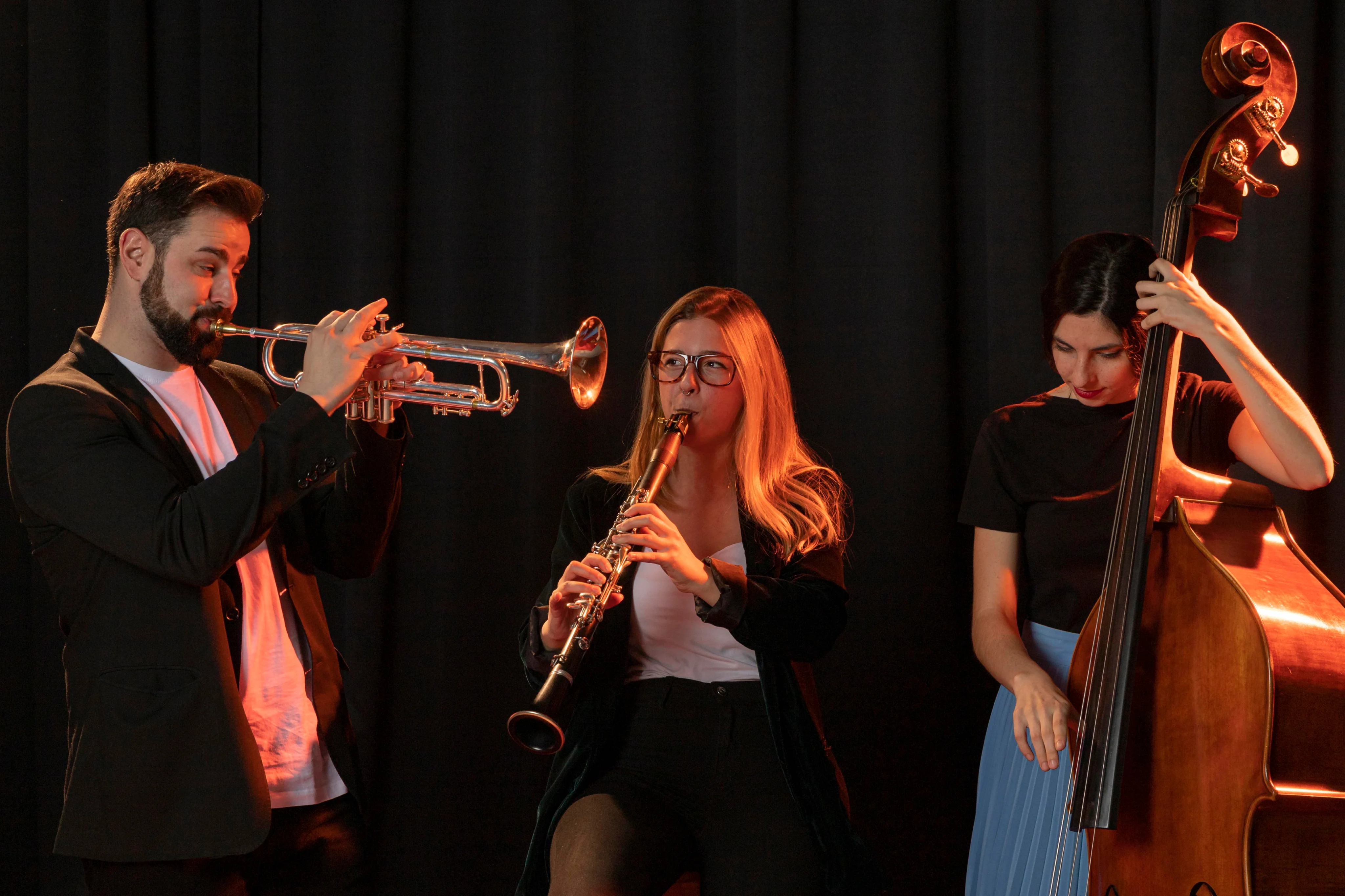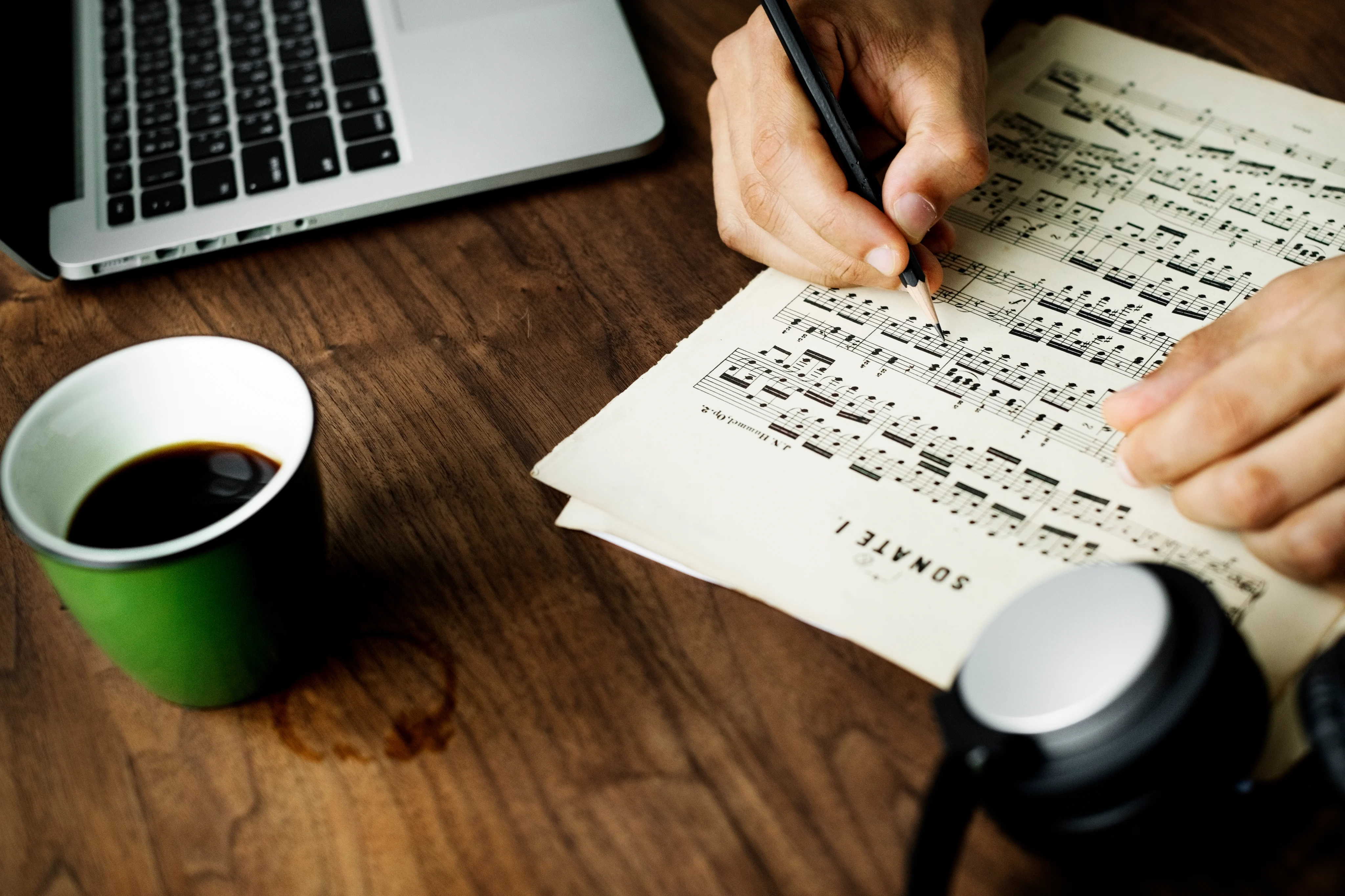Introduction
Do you wish to embark on a musical journey that will awaken your creativity, soothe your soul, and give you a medium of expression? Well, It is never too late to learn the piano, and as an adult, you bring a unique passion and dedication to the keys. This blog will guide you through the basic piano lessons for adults beginners and help them to navigate how to learn piano. So, it is time to dive in and unlock the world of music!
The Layout Of Piano Keys
Picture this: A stunning grand piano sitting gracefully in a room, its black and white keys glistening under warm lights. But what are these keys, and how do they work? Let’s break down the layout of piano keys:
- The White Keys
Take a look at your piano, and you will notice a repeating pattern of white keys. Starting from the left, there will be groups of two and three white keys. These groups form a sequence of notes known as the “diatonic scale”. The white keys represent the natural notes from A to G, with no sharps or flats.
- The Black Keys
The black keys, positioned between the white keys, bring a touch of contrast to the piano’s elegant appearance. They are known as the “sharps” and “flats” and add complexity and richness to your melodies. The black keys allow you to play additional notes and scales within the diatonic scale.
Overall, there are ave twelve different tones that repeat on a full-size 88-key piano.
How To Sit While Playing The Piano?
Now that you are familiar with the keyboard, it is time to understand the importance of posture. Remember, a relaxed and comfortable body sets the stage for a harmonious musical experience. Here is how you can find the perfect seating position for yourself:
- The Height
Ensure that your piano bench or chair is at an appropriate height, allowing your forearms to rest parallel to the ground. It helps to maintain a natural hand position and minimizes strain on your wrists.
- Feet Placement
Place your feet flat on the floor, allowing you to be stable and balanced. This simple act helps ground your body, allowing you to focus on the music without unnecessary tension.
- Back and Shoulders
Sit up straight, keeping your back aligned with the chair’s backrest and avoid slouching or tensing your shoulders. Maintaining a relaxed posture ensures a smooth flow of energy from your core to your fingertips and enhances your performance.
The Correct Hand Position
Your hands are the bridge between your musical imagination and the keys beneath your fingertips. By mastering the correct hand position, you will effortlessly glide through melodies and piano chords with finesse:
- Hand Placement
Rest your hands gently on the keyboard, with your fingertips positioned with the edges of the black and white keys. Your fingers should be slightly curved, creating a relaxed and natural arch.
- The “C” Position
Start with the “C” position, where your right thumb rests on the middle C key. Allow your other fingers to naturally align with the subsequent white keys, assigning one finger to each consecutive key.
- The “Mirror Image” Principle
For your left hand, apply the “mirror image” principle by placing your thumb on the lower C key and aligning the remaining fingers accordingly. This symmetrical approach assures balance and coordination between your hands.
Musical Alphabet
Every language has an alphabet, and the language of music is no exception. The musical alphabet consists of the letters A to G, where each letter represents a specific note on the piano. Just like learning the ABCs of English is an integral part of the language, becoming familiar with the musical alphabet is the first step towards mastering the piano.
Applying The Musical Alphabet
It is time to apply the knowledge of the musical alphabet on the piano! The keyboard is like a canvas waiting for your artistic touch. It consists of black and white keys, each with a specific note assigned to it. The white keys represent the main notes of the musical alphabet: A, B, C, D, E, F, and G. These are the foundation upon which beautiful melodies are built.
Start by identifying the set of two black keys on the keyboard. Locate the white key immediately to the left of this set. Over there, you will find the note A. Moving right from A, play the next white key, which is B. Continue this pattern until you reach G. Well, you have just played the musical alphabet on the piano!
The More You Play, The More You Learn!
Once you get acquainted with the musical alphabet and the keys on the keyboard, put your fingers to work and start playing! Remember, practice is essential for your music progress, so be patient with yourself as you navigate the world of piano playing. Here are a few tips to help you along your musical journey:
- Start with Simple Melodies
Begin by playing easy melodies that incorporate the keys you have learned. It will build your confidence and provide a solid foundation for more complex pieces.
- Music Theory
Understanding the basics of music theory, such as reading sheet music and recognizing rhythm patterns, will greatly enhance your piano-playing skills. Do not be intimidated; think of it as unravelling the secrets of the language of music.
- Practice Consistently
Dedicate regular time to practice, even if it’s just a few minutes each day. Consistency is key when it comes to mastering any instrument, and the piano is no exception.
- Embrace the Joy of Playing
Remember, learning the piano is not just about hitting the right notes. It is about expressing yourself, finding solace in the melodies, and enjoying the process. Let your fingers dance across the keys, and savour the musical journey!
- Find a Mentor or Teacher
Enlist the help of a certified piano lesson online or mentor who can guide you through your musical endeavors. They will offer personalized feedback, correct your technique, and provide valuable insights to help you progress faster.
Conclusion
Mastering these beginner lessons will lay a strong foundation for your musical journey. Additionally, joining music instrument classes can be a great way to enrich your learning experience. Having a community of like-minded individuals who share the same passion for music keeps you inspired and motivated. If you are looking for a piano course online, Artium Academy certainly has the perfect online piano lessons for adults. Louiz Banks, often regarded as the Godfather of Indian jazz, is the faculty head of our piano course. Let us join hands and make this journey a memorable one!
So, start your music journey today with a free 1:1 music learning session!

